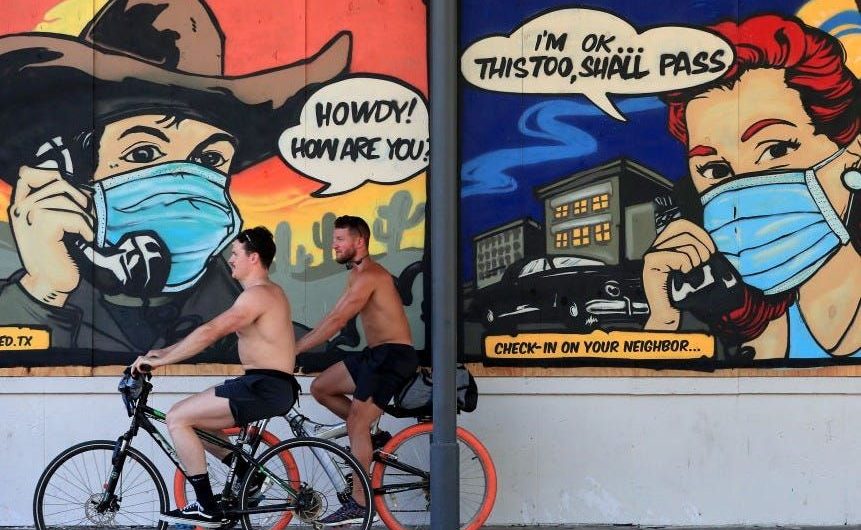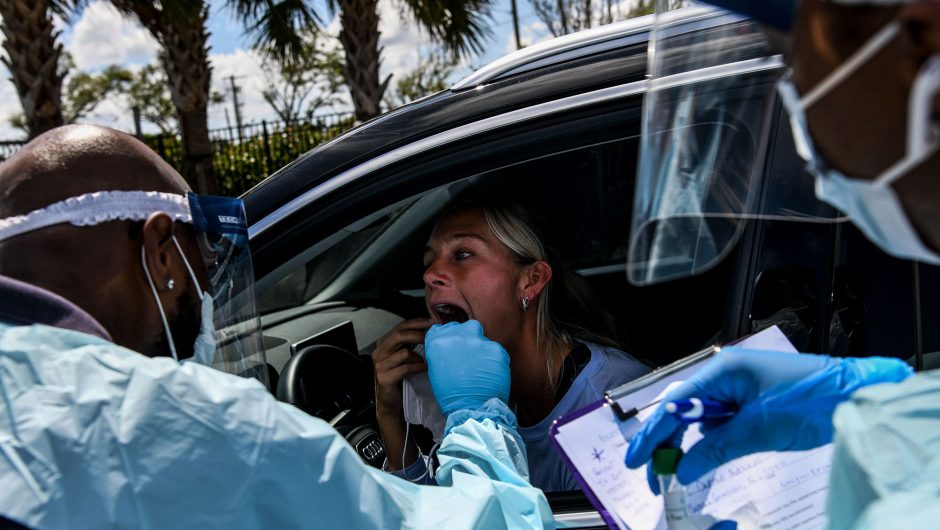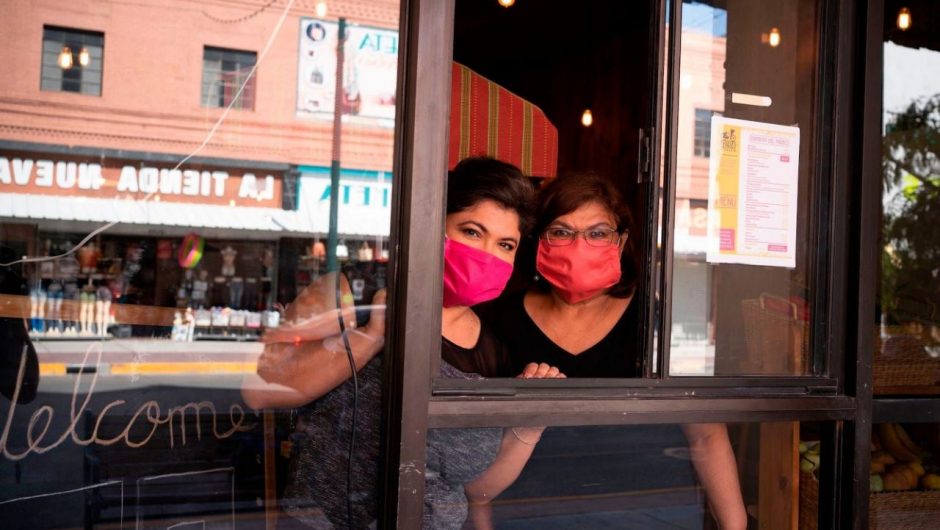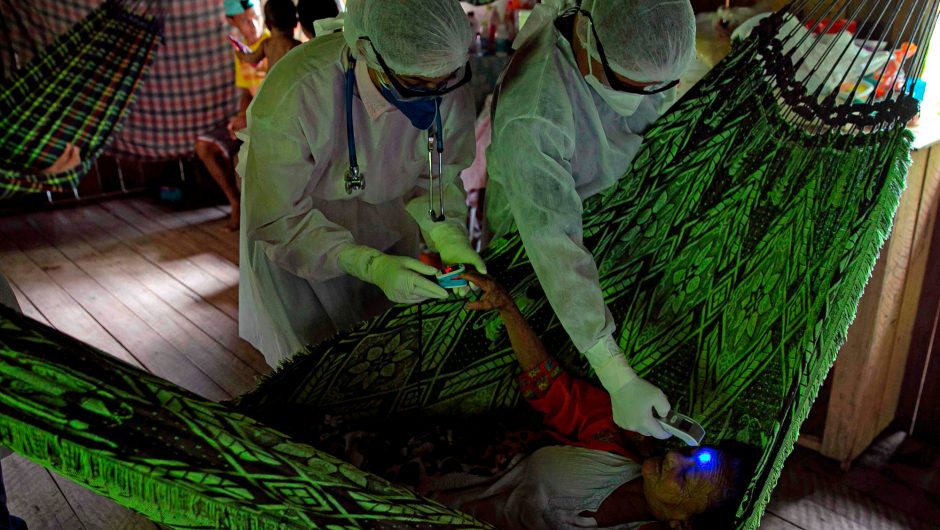Left: A healthcare worker in the Philippines takes a quick deep breath in scorching heat on May 7, 2020. Right: the author in her face shield in New York City on May 31, 2020.
Left: George Calvelo/NurPhoto via Getty Images / Right: Courtesy of Sateesh Venkatesh
In a shift, the WHO now says the general public may want to use homemade face masks while out in public.
The WHO said Monday that “there is a role for face shields” too in providing protection against coronavirus infection, especially if face masks aren’t widely available.
But, the agency cautioned that “masks alone will not protect you, face shields alone will not protect you from infection.”
Officials stressed that social distancing, hand washing, and sneezing into your elbow if you’re sick are still important infection prevention measures for this virus.
Visit Business Insider’s homepage for more stories.
Video: How to make and wear effective face masks
The World Health Organization has changed its tune on wearing personal protective equipment (PPE) during the pandemic.
The agency is now suggesting that both homemade face masks and face shields may play a role in preventing more coronavirus infections from spreading.
The WHO had previously maintained there was no reason for healthy people in the general public to wear masks, but the agency now suggests that people may want to wear medical masks, homemade masks, or maybe even face shields, depending on their circumstances.
First, the WHO suggested on Friday that in public areas where there’s widespread community transmission of the coronavirus, people over 60, as well as those with underlying conditions that can make a coronavirus case more life-threatening, should wear a medical mask (like a surgical mask, or N95), when physical distancing of at least 1 meter (~3 feet) isn’t possible.
For others who are less susceptible to the most damning coronavirus complications, the WHO said that “in light of evolving evidence” homemade masks — composed of three separate fabric layers — may have some protective benefits, when worn in crowded public spaces, like on public transportation, in shops, or “in other confined or crowded environments.”
Story continues
And on Monday, the global public health agency added another layer of nuance to the makeshift PPE debate when it said that WHO’s infection prevention and control network is “discussing” whether shields may help prevent more coronavirus transmission, too.
“There is a role for face shields if masks are not available, but that is something that needs to be discussed on where and when that can best be used,” Maria van Kerkove, the WHO’s technical lead for COVID-19, told Insider when asked about coronavirus protection from shields and masks during a press briefing on Monday. “What’s important about the mask is not only the materials that are used, but also the way that it actually covers your face, in terms of providing that barrier over your nose and your mouth.”
As of yet, there are no head to head scientific comparisons that pit shields against masks for viral protection, but some public health experts in the US have already suggested that face shields might help contain the coronavirus near just as well as masks when people are out in public. (Others aren’t so sure, just yet.)
face mask and face shield table
Ruobing Su/Business Insider
Because evidence still suggests that most people catch the coronavirus through close, sustained contact with other people indoors, and not from asymptomatic individuals who aren’t showing signs of illness, the WHO still stresses that whatever we put on our faces, be it mask or shield, is not going to be able to stop this pandemic entirely.
“Masks alone will not protect you, face shields alone will not protect you from infection,” Van Kerkhove said, pointing out that in the absence of a vaccine, physical space, hygiene, and plenty of fresh air between people are still some of the best viral defenses we have.
“It’s really important that all of the measures, including physical distancing … hand hygiene, washing your hands with soap and water or an alcohol-based rub, practicing respiratory etiquette, seizing into your elbow. All of these must remain in place,” she said.
Read the original article on Business Insider








